A review of the hymns of the “Bang Azadi” revolution/ an interesting account of the late Ragheb about the meeting of the people with the Imam (RA) in Refah School
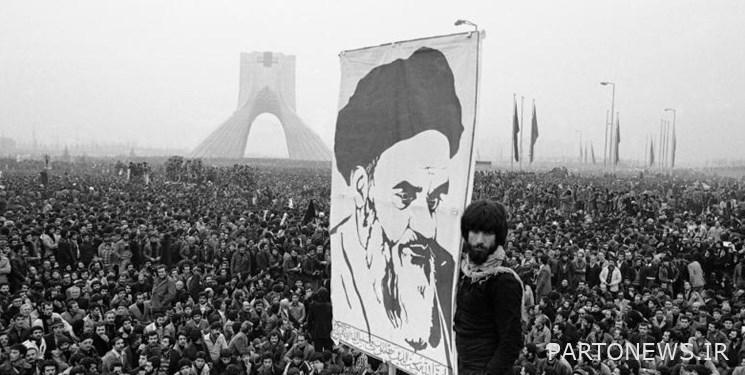
Fars news agency – music group: Iranian revolutionary hymns were composed and performed during the peak, victory and after the Islamic revolution in Iran to help and support the revolution and oppose the Pahlavi regime and create enthusiasm and epic in the revolutionaries. During the Islamic revolution, many hymns were composed and remained in history. Anthems that were no longer made like them and with that level of influence. Before the victory of the revolution, these hymns were created by different political and religious spectrums, but most of these works were created by the enthusiasts and admirers of Hazrat Imam (RA). Many of these hymns were recorded amateurishly in underground studios and made available to the public on cassette tapes. After the victory of the revolution, and the fruition of the efforts, it was thought that the popularity of these works would decline, but many of these hymns are still widely performed on the anniversary of the revolution, not only in schools all over the country, but also in principle. Or they are broadcasted by reruns on Iran Radio and other platforms and media.
The main theme of these hymns was derived from the revolutionary passion of the people who were full of enthusiasm for the great transformation of the Orient. A revolution that turned everyone upside down and followed it not only internally but also affected the world. The overall body of the revolution had different parts like a movie or a work of art whose songs were the soundtrack of this movie. A work of art, whose music was inseparable from it.
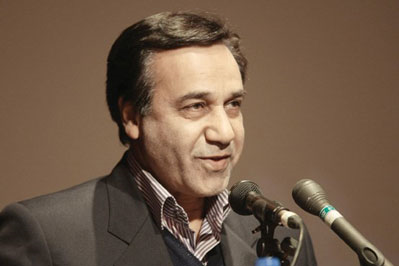
Professor Mohammad Golriz, singer of “Bang Azadi”
The late “Ahmed Ali Ragheb” is the creator of the famous song “Bang Azadi”. This work was performed with a poem by the late “Hamid Sabzevari” and sung by “Mohammed Golriz”. After the massacre of 17 Shahrivar in 1357, by the Pahlavi regime, Ahmad Ali Ragheb did not remain indifferent to this incident and along with some other famous radio and television artists, resigned from the collaboration with art centers affiliated to the Pahlavi regime. Communication with some informal art groups and acquaintance with people such as Hossein Shamsaei, Majid Haddad Adel and Hamid Shahangian, became a background for his revolutionary activities. Cooperation in the preparation and production of hymns that reach the people in an underground way. Immediately after the victory of the 1357 revolution, Ahmad Ali Ragheb, with great effort and with the collective cooperation of some artists, gathered groups and started making revolutionary hymns. Hymns such as “Welcome to our Imam”, “Bang Azadi” (Allahu Akbar, Khomeini the Leader), “Shahid Muftah”, “Shahid Motahar”, “America, America is disgraced by your tricks”, “Rah Raja”, “Song of Tawheed”, “Unity Song”, “Baba Khoon Dad”, “Hamshagardi Salam” and “Shaheed Motahar” are among the most famous works created by the late Ragheb.
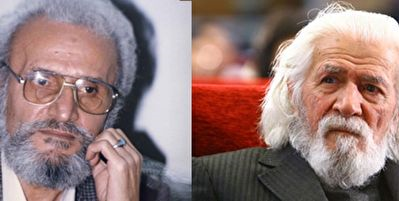
On the right is the late Hamid Sabzevari, the poet, and on the left is the late Ahmad Ali Ragheb, the composer of “Bang Azadi”
Ahmad Ali Ragheb was born on May 12, 1323 and passed away on December 18, 1399. He was an Iranian composer, musician and writer. Ahmad Ali Ragheb became interested in music since his childhood and started learning music as well as playing the “Caucasian string” and made significant progress in this field.
Ragheb is one of the main artists who popularized something called “song and music of the revolution” in the years after the revolution, in his book “Bang Azadi” he has expressed interesting aspects of how famous revolutionary songs were made.
There is no Iranian who has not heard any of Ahmad Ali Raghib’s works. The generation of the sixties has grown up with his sounds and melodies. Take from the hymns “Madrasaha Wa Shedhe”, “Baba Khoon Dad” and “Hamshagerdi Salam” to the orchestral pieces “Bang Azadi” and “Shahid Motahar” and “Amerika Nang Be Nirang To” to the ballads “Blessed is this victory” and “Zafar”. Mubarak” and later to the first pop music album after the war, such as “Flower Dance” and pieces such as “Flowers go to the garden” and “Come to the aid of the disabled” and… It can be said.
Rahyar Publications has published the book “Bang Azadi” narrating the life and activities of Ahmad Ali Ragheb in 392 pages.
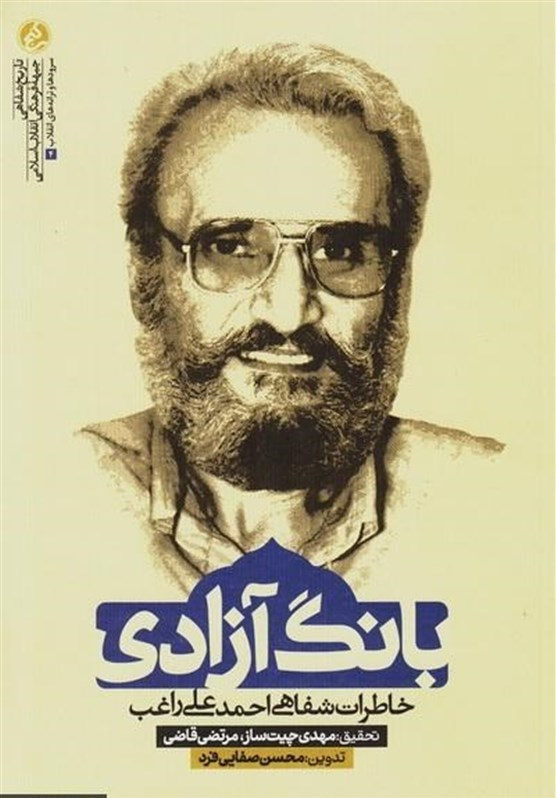
In a part of this book, the late Ragheb shared his memories of how famous revolutionary hymns were made and the side effects that occurred and says:
“The first work of Bang Azadi group was We ordered this hymn to ourselves. In order to use people’s slogans, we recorded them, this slogan is for the time when people used to say Allahu Akbar, Khomeini is the leader at night on the roofs. It was at that time that I felt that we should put people’s slogans into music, for this purpose, I accompanied a group of people from Sari who had come to Tehran in one of the Imam’s visits… a crowd of 5,000 people from Mazandaran had come to meet the Imam from the square. They used to go from Absardar to Refah Madrasah to see the Imam, they used to say the slogan of Allahu Akbar, leader Khomeini in a special melodious tone, men and women were saying the famous slogan of Allahu Akbar Khomeini, the leader, in the form of questions and answers. It’s as if their chanting has a special tone and melody, the sound of that crowd moves in the same direction and reaches a single note as if a composer had composed it…”
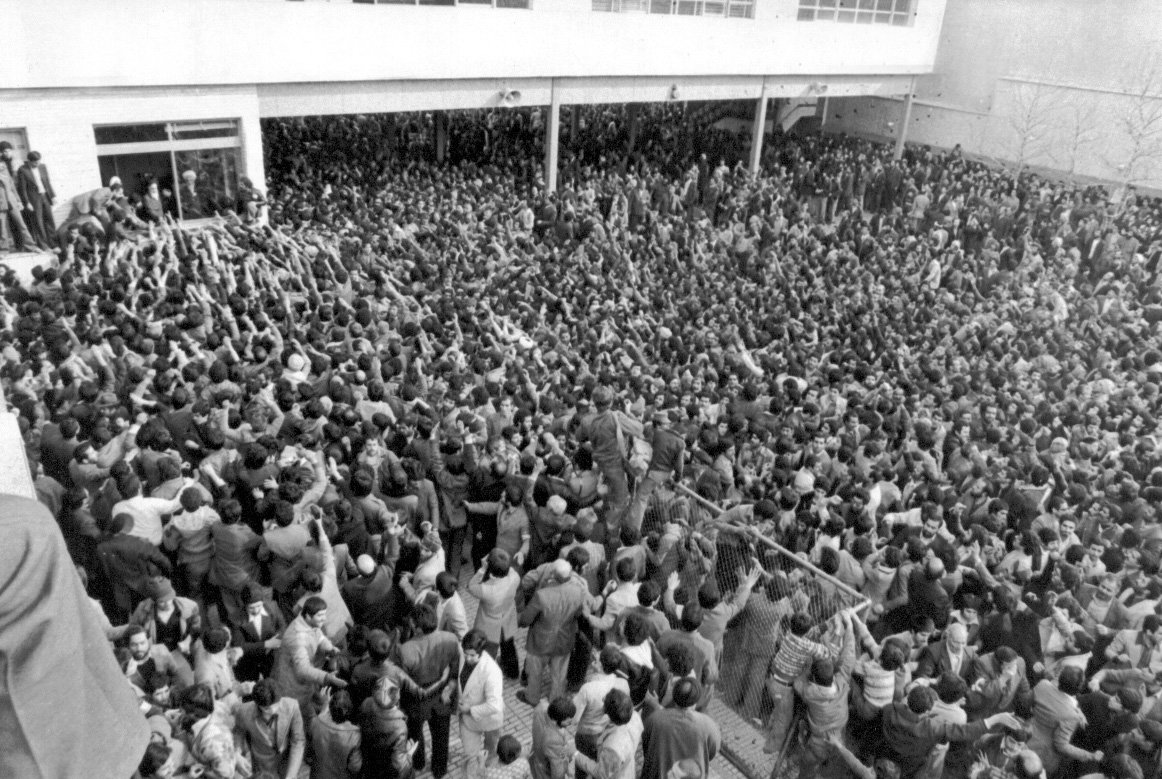
end of message/
You can edit this article
Suggest this article for the first page

